The Conservative party has always sold itself to voters as the party of low taxation, but it has now pushed taxes higher than any post-war Labour government dared. High spending was the tool the Prime Minister reached for at every turn in the pandemic, leaving Britain with one of the biggest post-Covid bills in Europe. His recovery plan was to part-nationalise care homes, taxing the working poor to protect the assets of the wealthy. Taxes are now heading to a 70-year high. Not Conservatism, it seems, but its inversion.
Rishi Sunak’s Budget this week marks a potential turning point in this narrative. It has not changed the overall fiscal direction — that die was cast when the Prime Minister decided to adopt the ten-year-old Dilnot report subsidising nursing care for the
better-off. But the Office for Budget Responsibility gave the Chancellor more room to manoeuvre, upgrading its forecasts and allowing him to borrow more. ‘Higher borrowing today is just higher interest rates and even higher taxes tomorrow,’ he said in his speech — a nod to his high-spending Downing Street neighbour.
But where Sunak has spent, he’s spent well: by making changes to universal credit, he has now cut taxes for the working poor, reducing the taper rate from 63 per cent to 55 per cent. This means for every pound earned by someone in receipt of benefits they will keep 45p, as opposed to 37p. This is, in effect, something that Conservatives have not seen for some time: a tax cut.
Universal credit was introduced ten years ago in a complete overhaul of a welfare system that had plunged the poor into a maze of benefits, with millions hardly any better off when they moved into work. If a cleaner claimed housing benefit, what happened if she increased her working days from three to four? And if she was no better off after having done so, what moral defence was there for such a system? Did it not equate to trapping people in poverty?
The taper rate made this process visible. The original plan was for it to be set at 55 per cent, but the Treasury baulked at such a rate and introduced it at 65 per cent. Five years ago it was reduced to 63 per cent: still very high. In April, for example, the top rate of tax for the rich will move from 47p to 48p. Important questions will be asked about the incentive to work at such rates, and whether the Treasury is likely to end up with less money due to the deterrent effect.
But this argument applies even more strongly to those at the bottom, who keep only a third of the extra money they earn — often through gruelling, unrewarding work. In placing the taper rate at the centre of his budget, and introducing a 55 per cent rate, Sunak has moved the spotlight to such people. At present there’s a record 1.1 million vacancies in the economy — and employers crying out for staff — but 5.9 million people on out-of-work benefits. Lowering the taper rate would increase the incentive to take work, both fuelling the economic recovery and ameliorating the damage inflicted by lockdown.
There has been another important development this week: for the first time, a cost-benefit analysis has been commissioned on the effects of lockdown. In this case, ‘Plan B’ (vaccine passports, mask mandates and working from home) was assessed for its economic damage and its likely effect on the pandemic. The cost was put at £800 million a week, and the likely effect of this on the pandemic was to lower cases by no more than 5 per cent. So Plan B would plunge the country far deeper into debt but make very little change to the trajectory of the virus.
Had such calculations been made last year, we might not have spent so long in lockdown. The restoration of these checks means the government is less likely to be panicked into a Plan B this winter — especially if (as at present) hospitals are coping.
Sunak was also right to stress that the Conservatives cannot be in the business of bailing out every major company that hits difficulty. But the Tory instinct in recent weeks has been the reverse, with the bailout of the Teesside and Cheshire carbon dioxide plants. The biggest clients of these factories were highly profitable supermarkets who could have stepped in had the taxpayer not been enlisted to do so. A Tory government should go easy on corporate welfare, especially when money is tight.
As Chancellor, Sunak has raised the national debt more in his first nine months than Gordon Brown did in nine years. He cannot claim that this was the stress of a pandemic, given that the national insurance rise is intended to bankroll a new system of payment for care homes. An ageing society is a sign of a successful society: it means people live longer, healthier lives.
That’s why Sunak’s concluding point — that in the next election he hopes to be cutting taxes rather than raising them — is significant. It’s the opposite to what he has done so far, but he has publicly acknowledged a new direction in which he thinks his government should go. These are just words for the moment, but encouraging. Sunak will be judged by whether he can bring the Prime Minister on board — and convert these words into action.
Got something to add? Join the discussion and comment below.
Get 10 issues for just $10
Subscribe to The Spectator Australia today for the next 10 magazine issues, plus full online access, for just $10.
You might disagree with half of it, but you’ll enjoy reading all of it. Try your first month for free, then just $2 a week for the remainder of your first year.

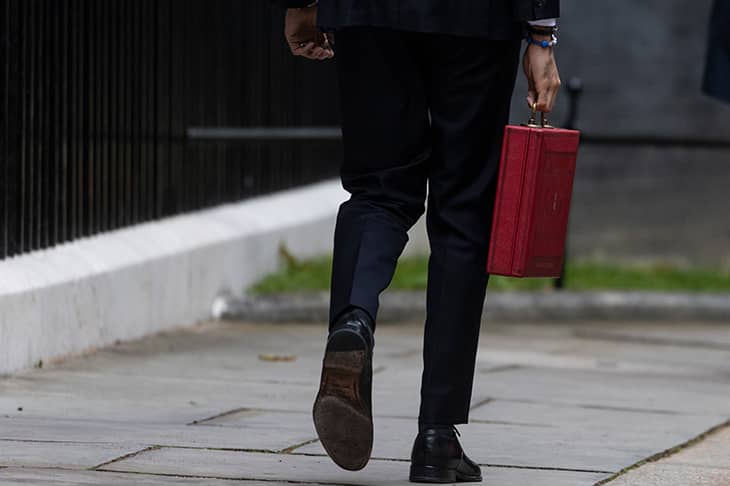
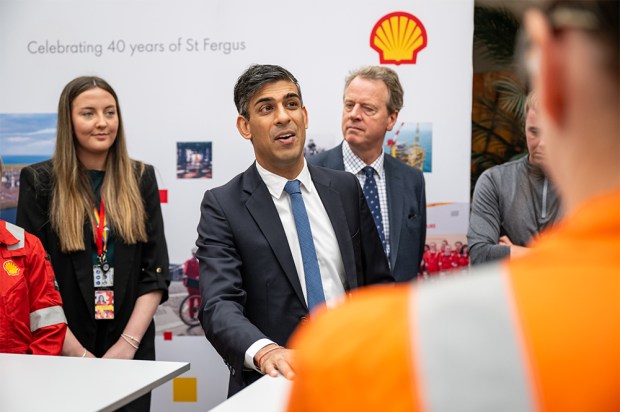


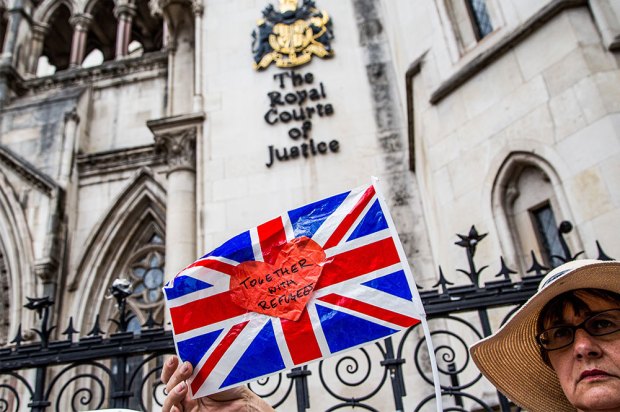
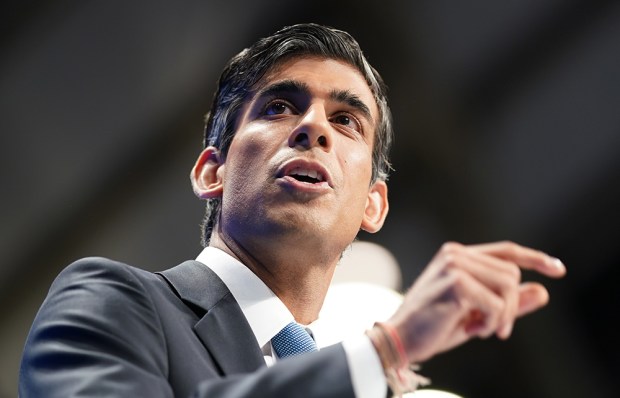
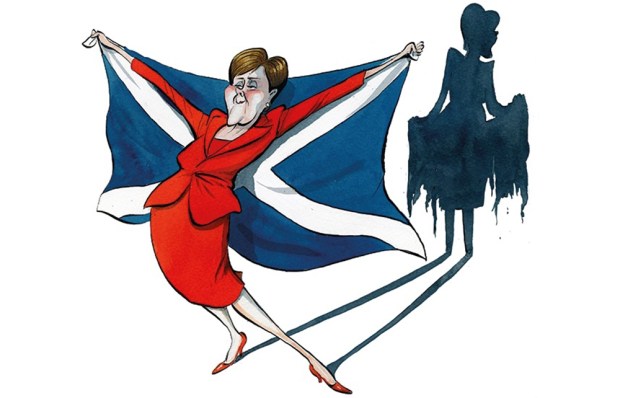






Comments
Don't miss out
Join the conversation with other Spectator Australia readers. Subscribe to leave a comment.
SUBSCRIBEAlready a subscriber? Log in